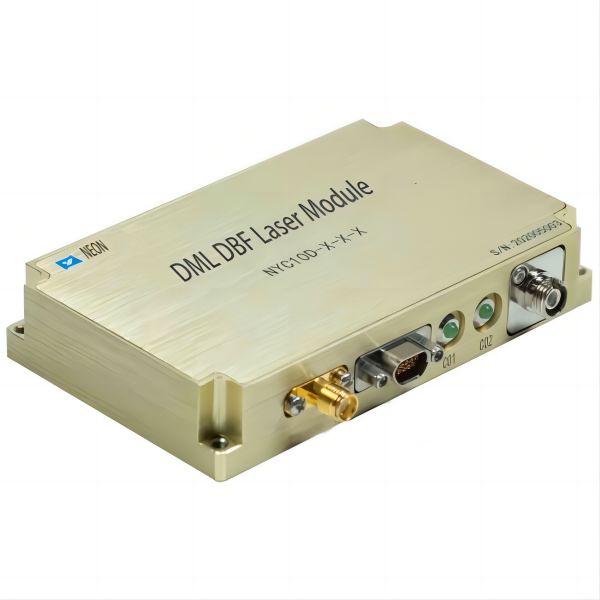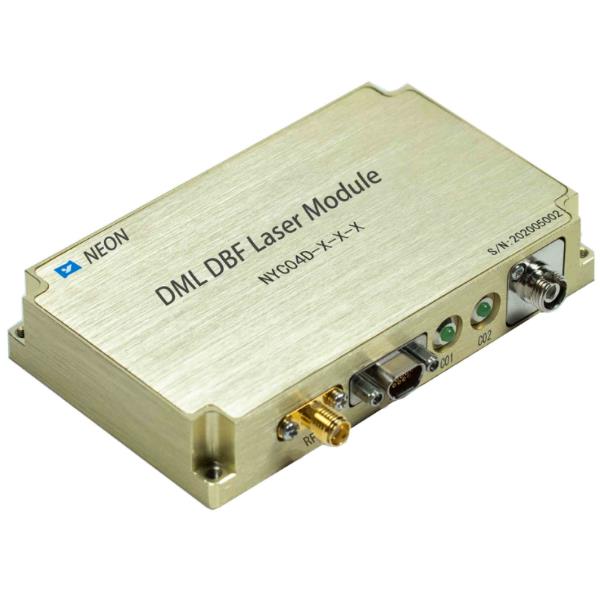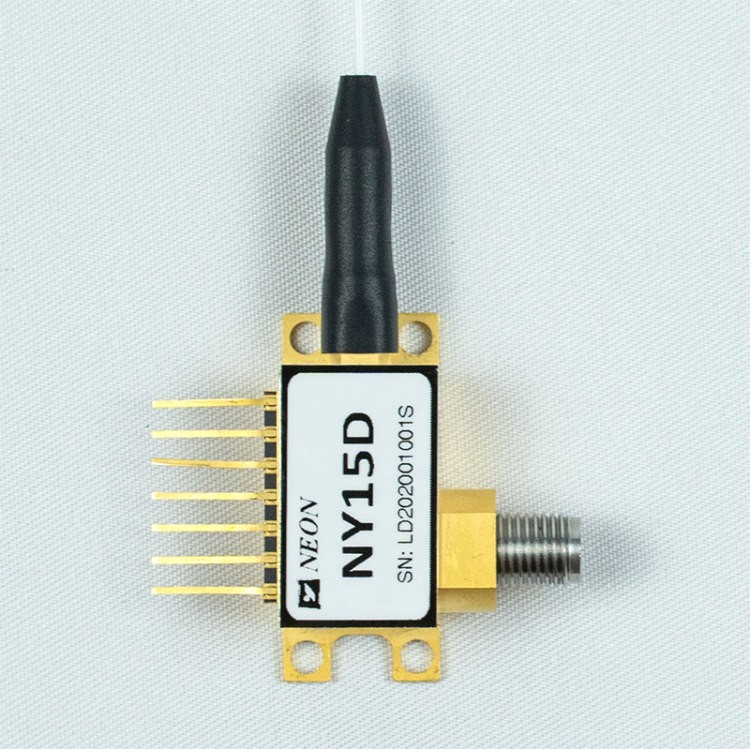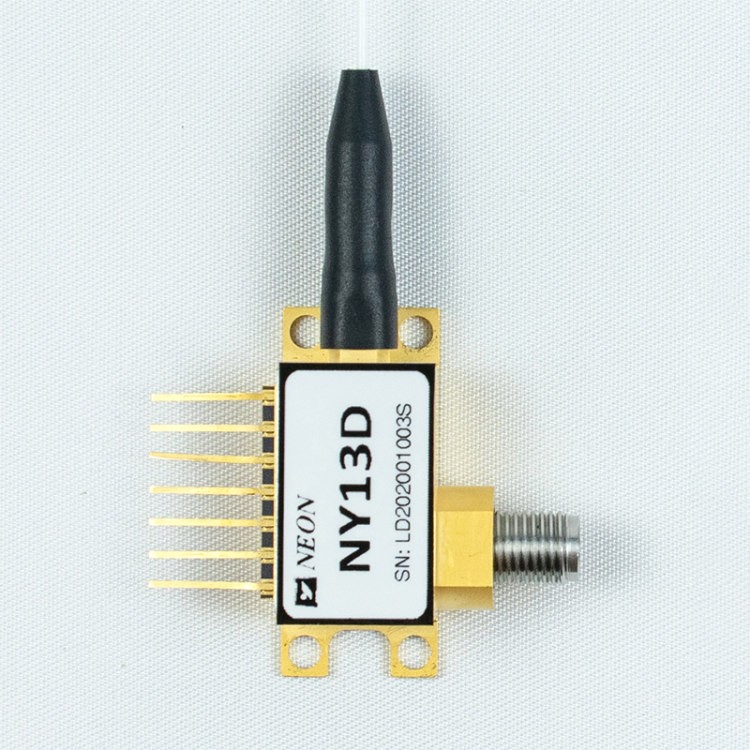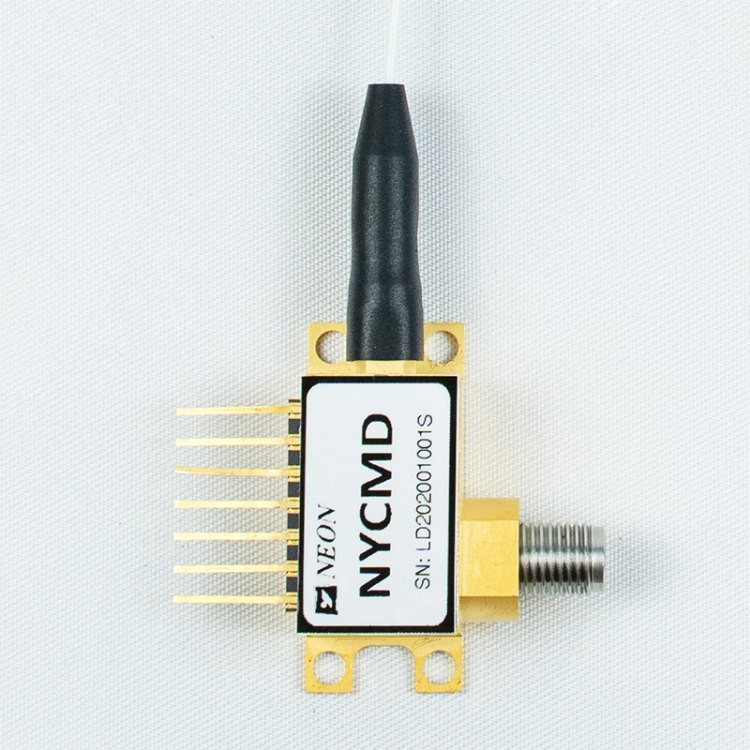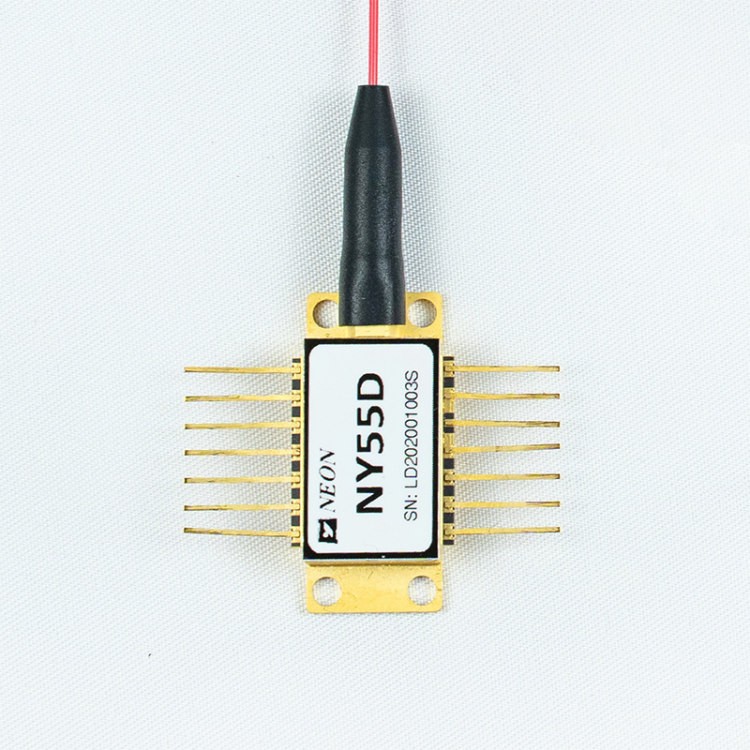What Are the Different Types of Distributed Feedback Lasers?
Distributed feedback lasers (DFB lasers) are a specialized type of laser characterized by a periodic structure within the active region that provides feedback and ensures single-mode operation. This structure, often resembling a grating, plays a crucial role in determining the wavelength and stability of the emitted light. While DFB lasers come in various configurations, two primary types have emerged as leaders in this domain: semiconductor DFB lasers and fiber DFB lasers. This article delves into the specifics of each type, highlighting their distinctive characteristics, advantages, and applications.
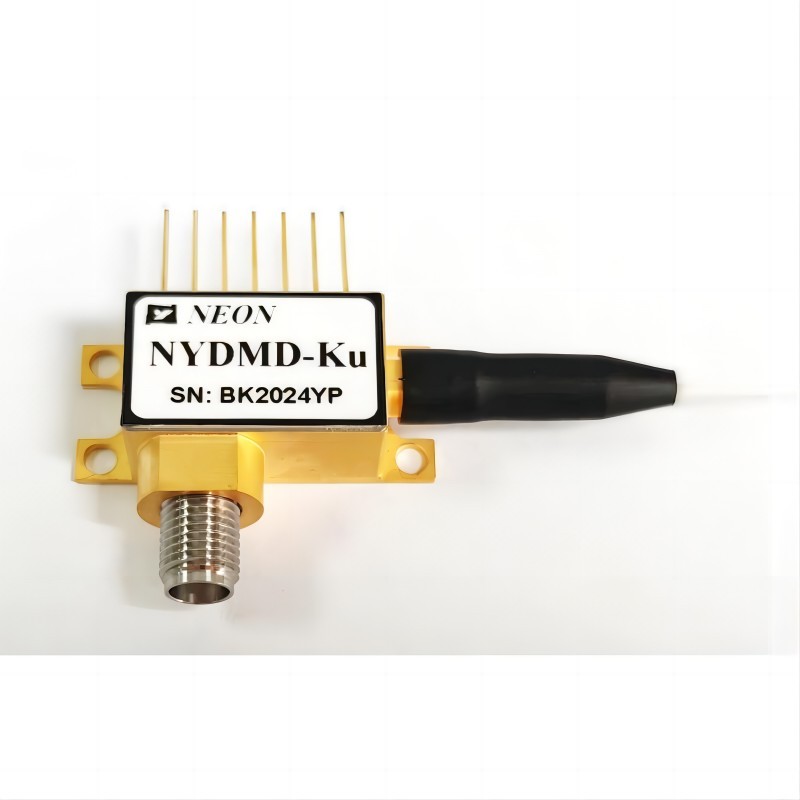
DFB Semiconductor Lasers: Powerhouses of Efficiency and Miniaturization
DFB semiconductor lasers, as the name suggests, utilize semiconductor materials like gallium arsenide as their gain medium. These materials offer several advantages, including efficient light conversion from electrical energy and the ability to fabricate extremely compact devices. The periodic structure in these lasers is typically etched directly onto the semiconductor chip, creating a distributed Bragg reflector (DBR) that selectively amplifies a single longitudinal mode of light.
Operating Principle
The magic behind the single-mode operation in DFB semiconductor lasers lies in a unique structure called a Distributed Bragg Reflector (DBR). This grating is directly etched onto the semiconductor chip, creating a periodic pattern that selectively reflects light. Here’s how it works:
- Light Emission: The laser’s gain medium, composed of the chosen semiconductor material, emits light.
- Partial Reflection: This light encounters the DBR grating, causing a portion to be reflected back into the gain medium.
- Constructive Interference: The reflected light interacts with the forward-propagating light. However, only light with a specific wavelength, matching the grating’s spacing, interacts constructively. This reinforces the desired mode.
- Suppression of Other Modes: Other wavelengths experience destructive interference, effectively suppressing them. This selective amplification process ensures single-mode operation, resulting in a stable and spectrally pure light output.
Advantages
- Compact Size: As mentioned earlier, the semiconductor nature enables incredibly compact devices, opening doors for various applications where space constraints are a concern.
- High Efficiency: The excellent light conversion efficiency of the chosen material translates to lower power consumption, making them ideal for battery-powered devices.
- Single-Mode Operation: The DBR grating guarantees single-mode operation, leading to highly stable and spectrally pure light output. This stability is crucial for high-precision applications like optical sensing and spectroscopy, where even minor variations can significantly impact measurements.
Challenges and Considerations
- Higher Cost: The fabrication of DFB semiconductor lasers involves intricate processes, leading to higher production costs compared to some other types of lasers.
- Limited Tuning Range: The wavelength of the emitted light is primarily determined by the grating structure, limiting the flexibility for tuning compared to certain other laser types. This might pose a challenge in applications requiring a wider range of operational wavelengths.
- Temperature Sensitivity: The refractive index of semiconductors can change with temperature, causing slight shifts in the laser’s wavelength. This can be an issue in applications requiring exceptional stability across varying temperatures.
Applications
Semiconductor DFB lasers find widespread application in various fields, including:
- Telecommunications: They form the backbone of high-speed optical fiber communication systems, transmitting data over vast distances with exceptional clarity and reliability.
- Optical Sensing: Their single-mode operation makes them ideal for sensors measuring pressure, temperature, and gas concentration with high accuracy, playing a crucial role in various environmental and industrial applications.
- Spectroscopy: These lasers are vital tools for analyzing the chemical composition of materials in scientific and industrial settings, enabling researchers and engineers to gain valuable insights into material properties.
- Material Processing: High-power versions of these lasers enable precise cutting, welding, and marking of diverse materials, finding applications in manufacturing and microfabrication, where precision and control are paramount.
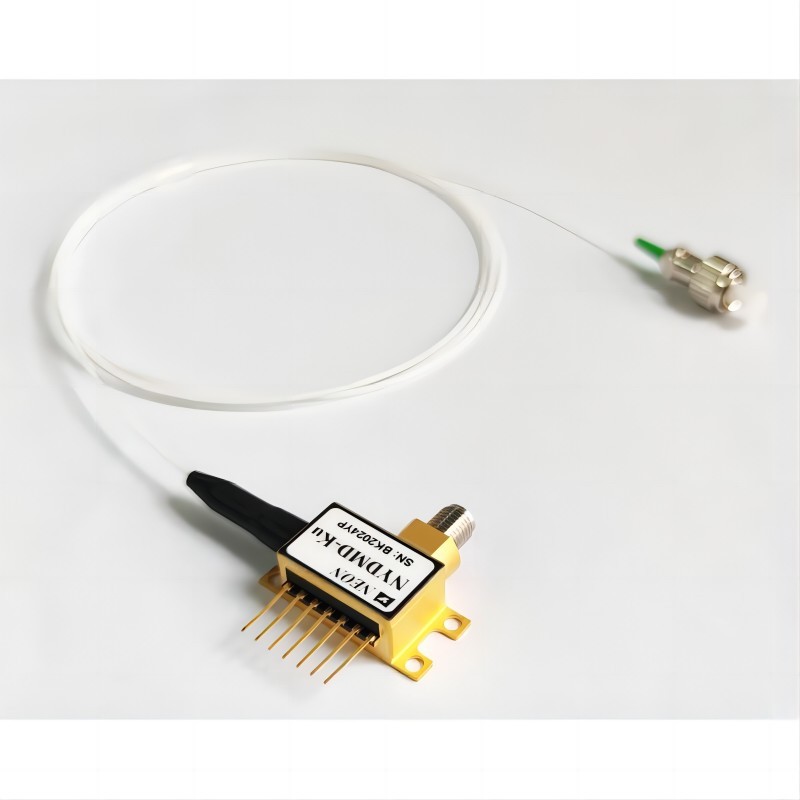
DFB Fiber Lasers: Unlocking Flexibility and High Power
DFB fiber lasers utilize optical fibers as their gain medium and grating structure. This unique design offers several advantages, particularly in terms of tuning range and power output. The periodic structure is typically created by directly modifying the refractive index of the fiber core, leading to a distributed Bragg reflector within the fiber itself.
Operating Principle
Similar to semiconductor DFB lasers, light propagating through a fiber DFB laser encounters the DBR grating, leading to partial reflection. This reflected light interacts with the forward-propagating light, but only wavelengths matching the grating period experience constructive interference. This selective amplification mechanism ensures single-mode operation at a specific wavelength determined by the grating structure. However, the inherent flexibility of optical fibers allows for easier modification of the grating compared to semiconductor versions, unlocking a significantly wider tuning range.
Advantages
- Wider Tuning Range: The ability to modify the grating structure in fiber DFB lasers grants them a broader spectrum of tunable wavelengths compared to semiconductor lasers. This versatility makes them highly adaptable for various applications requiring different operational wavelengths.
- High Power Output: Certain fiber designs excel at sustaining and amplifying higher optical power levels compared to semiconductor counterparts. This makes them ideal for tasks like pumping other lasers or long-distance signal transmission with minimal attenuation, minimizing signal loss over vast distances.
- Enhanced Temperature Stability: The lower thermal expansion coefficient of optical fibers compared to semiconductors translates to reduced wavelength shifts with temperature variations. This enhanced stability makes them more suitable for applications demanding precise and consistent performance across varying temperatures.
Challenges and Considerations
- Larger Size: The inherent size of optical fibers necessitates larger laser cavities compared to semiconductor DFB lasers, limiting their miniaturization potential. This can be a drawback in applications where space constraints are a concern.
- Lower Efficiency: While still exhibiting decent conversion efficiency, fiber DFB lasers generally lag behind semiconductor counterparts in terms of energy conversion. This can lead to higher power consumption, impacting battery life in portable devices.
- Complex Fabrication Process: Creating the periodic structure within the fiber core poses unique technical challenges, making fabrication more complex compared to semiconductor DFB lasers. This can contribute to higher production costs.
Applications
Fiber DFB lasers have carved a niche in various applications demanding specific attributes:
- High-Power Fiber Lasers: Leveraging their high-power capabilities, these lasers excel in material processing applications like laser cutting, welding, and drilling. Their precision and power output make them ideal for industries demanding high throughput and accuracy, such as automotive manufacturing and microfabrication.
- Sensors and Spectroscopy: The wider tuning range and lower temperature sensitivity of fiber DFB lasers make them perfect for high-precision gas sensing and spectroscopy. They play a vital role in environmental monitoring, chemical analysis, and biomedical research, where accurate and reliable measurements are paramount.
- Telecom and Data Transmission: While often overshadowed by semiconductor versions in mainstream telecommunications, fiber DFB lasers play a crucial role in niche applications like long-distance undersea transmission. Their lower loss and higher power characteristics enable them to transmit data over vast distances with minimal signal degradation, making them crucial for connecting continents and remote regions.
- LIDAR and Remote Sensing: These lasers serve as the light source for LIDAR systems, enabling accurate 3D mapping and distance measurement applications. This technology finds use in autonomous vehicles, robotics, and environmental monitoring, where precise spatial awareness and object detection are critical.
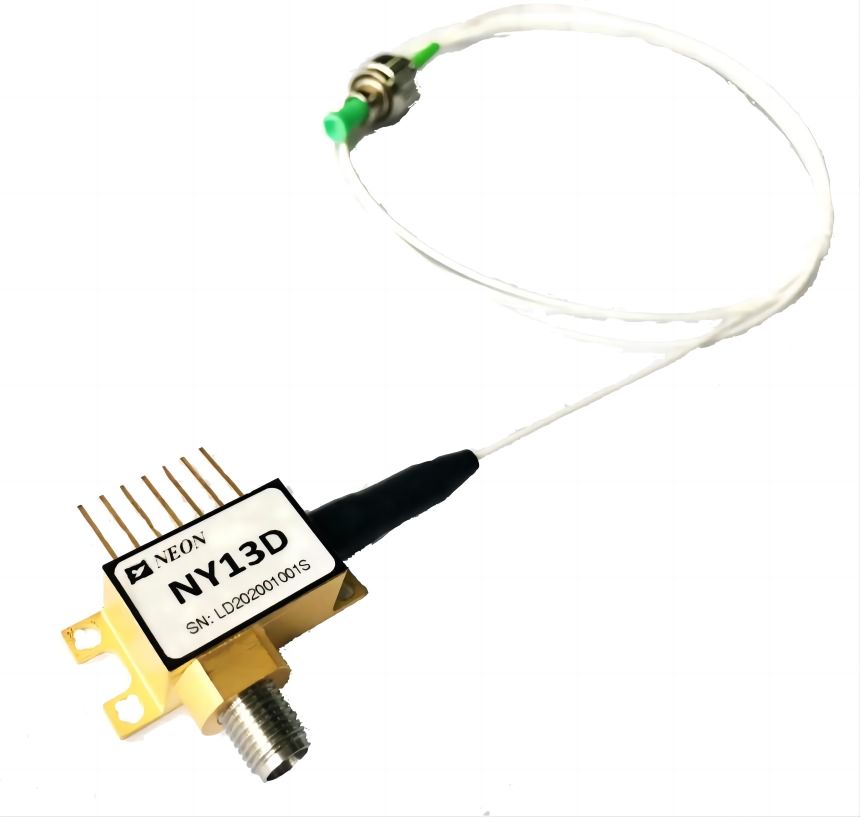
Beyond the Binary: Exploring Other DFB Laser Varieties
While semiconductor and fiber DFB lasers have established themselves as dominant players in their respective areas, advancements are constantly pushing the boundaries of laser technology. This has led to the emergence of several exciting new types of DFB lasers, each offering unique advantages and promising potential in various applications.
1. Quantum Cascade Lasers (QCLs)
QCLs leverage the unique properties of semiconductor heterostructures, where layers of different semiconductor materials are carefully stacked. This intricate arrangement allows them to achieve lasing at terahertz and mid-infrared wavelengths, which are otherwise challenging to achieve with conventional laser technologies. This opens doors to a range of exciting applications:
- Spectroscopy: QCLs enable precise analysis of molecules with specific absorption bands in the terahertz and mid-infrared region, providing valuable insights in fields like environmental monitoring, chemical analysis, and biomedical research.
- Security Imaging: Their ability to penetrate certain materials like clothing and plastics makes them valuable tools for security screening and non-destructive inspection.
- Medical Diagnostics: QCLs hold promise for non-invasive medical diagnosis by detecting specific molecules associated with diseases or biological processes.
2. Surface-Emitting DFB Lasers (SE-DFB)
Unlike conventional DFB lasers that emit light from the edge of the chip, SE-DFBs emit light directly from the surface. This unique characteristic offers several potential advantages:
- Integration with Photonic Devices: SE-DFBs can be seamlessly integrated with other photonic devices on a single chip, enabling the development of compact and highly functional optical circuits.
- Simplified Packaging: Their surface emission eliminates the need for complex edge-emitting structures, potentially simplifying the packaging and manufacturing process.
- Device Design Flexibility: The surface emission geometry opens up new possibilities for device design, enabling the creation of lasers with unique shapes and functionalities.
3. Hybrid DFB Lasers
Hybrid DFB lasers combine elements from different types of DFB lasers, aiming to leverage the strengths of each approach. This can involve:
- Combining Semiconductor and Fiber Materials: Merging the high efficiency of semiconductors with the wider tuning range of fibers could lead to lasers with exceptional performance characteristics.
- Integrating Different DBR Structures: Utilizing multiple DBR structures with different designs can achieve broader tuning ranges, higher power outputs, or improved efficiency compared to conventional designs.
These are just a few examples of the diverse and rapidly evolving landscape of DFB lasers. As research and development continue, we can expect to see even more innovative and powerful DFB lasers emerge, further expanding their applications and revolutionizing various fields in the years to come.
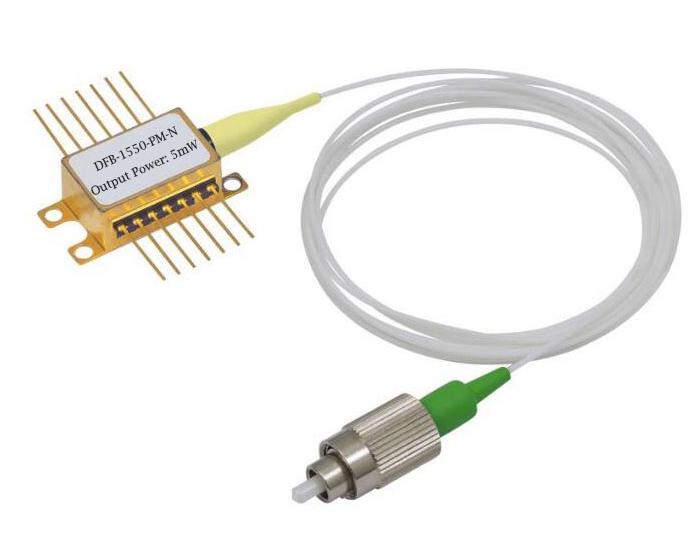
Conclusion
In conclusion, the realm of distributed feedback lasers encompasses a diverse array of technologies, each excelling in specific areas. Semiconductor DFB lasers offer unbeatable miniaturization and efficiency, while fiber DFB lasers shine in terms of tuning range and power output. Understanding these strengths and limitations empowers informed decisions for various applications. As research and development continue, emerging DFB laser types hold immense potential to push the boundaries of performance and functionality, further extending the reach of this remarkable laser technology.


